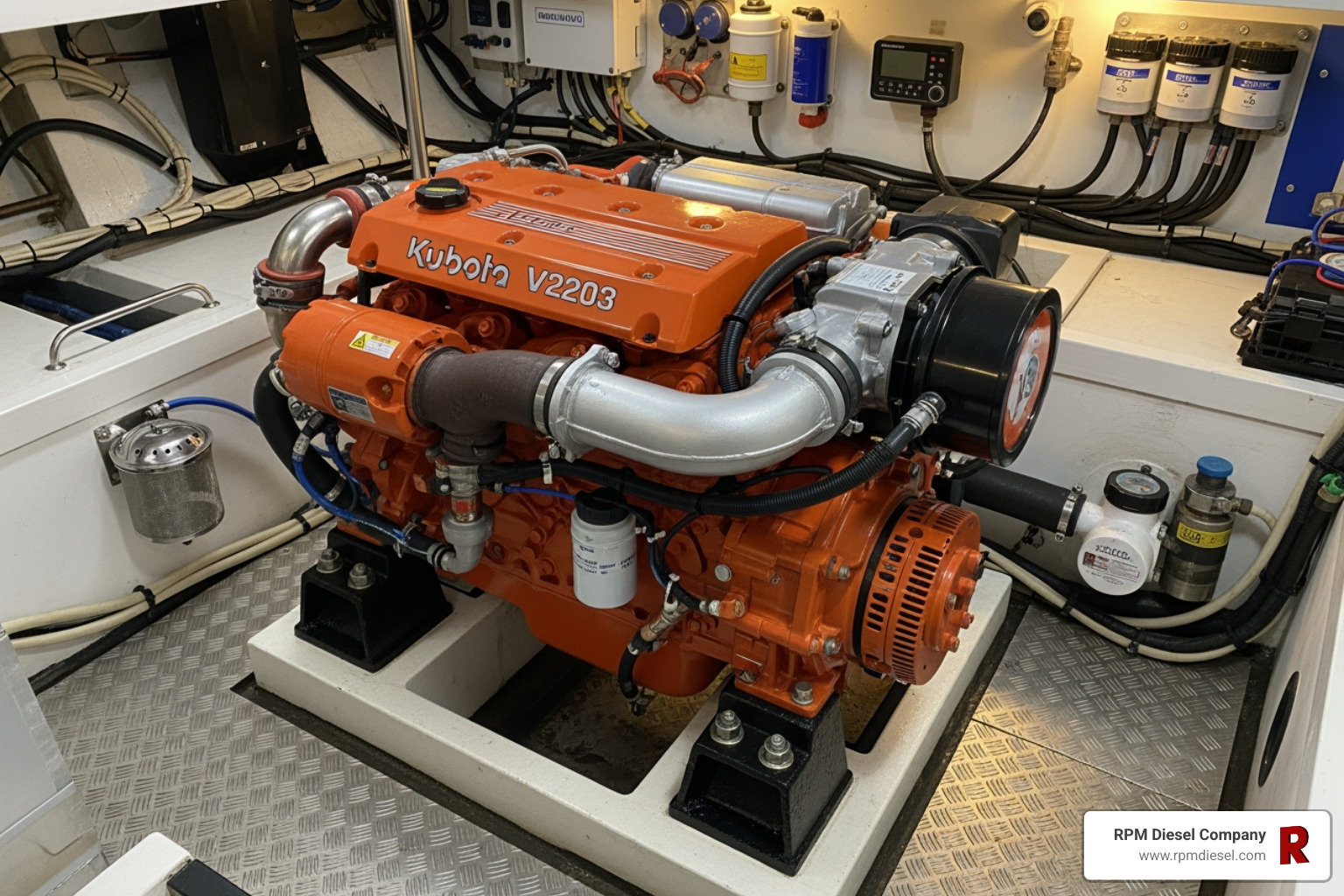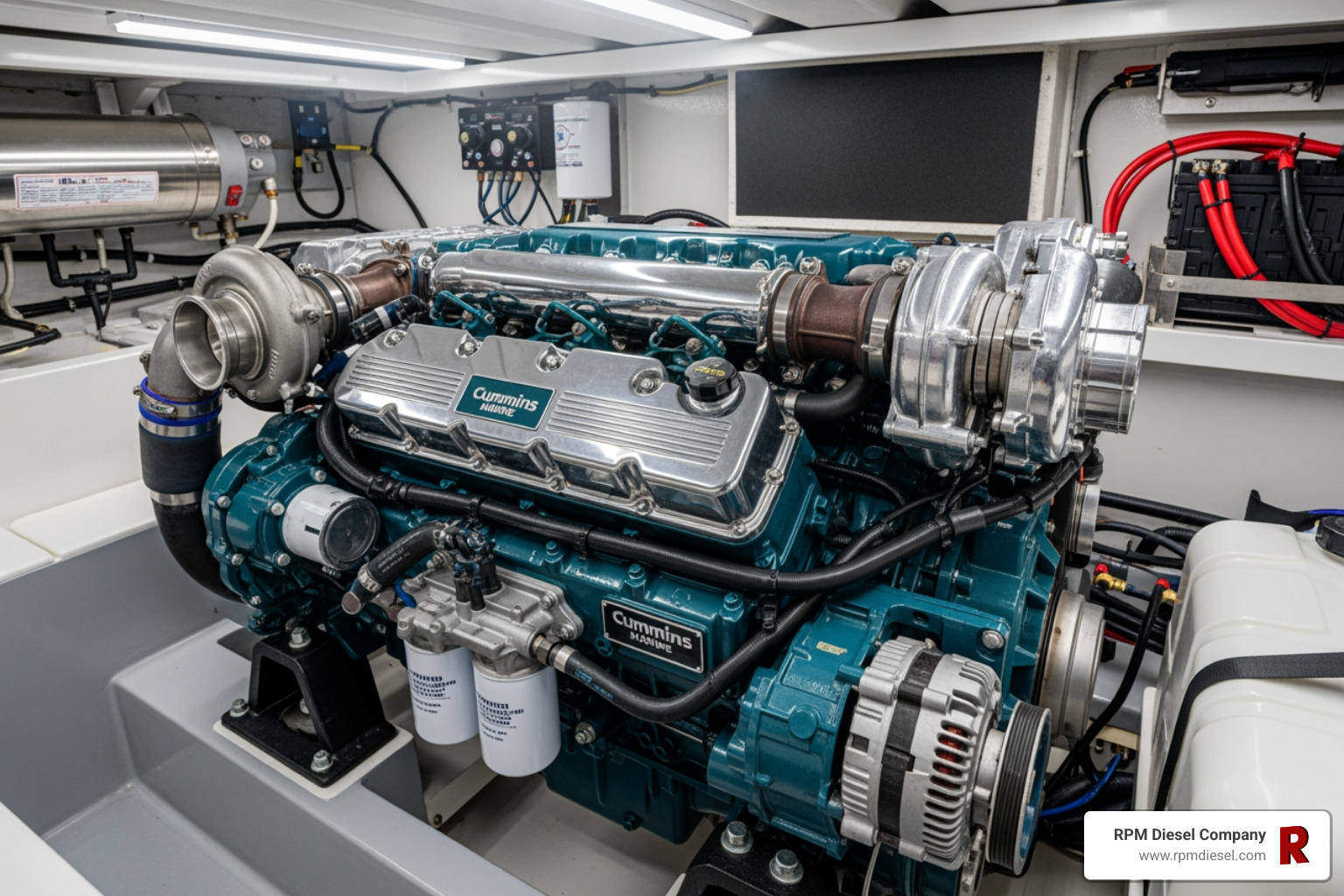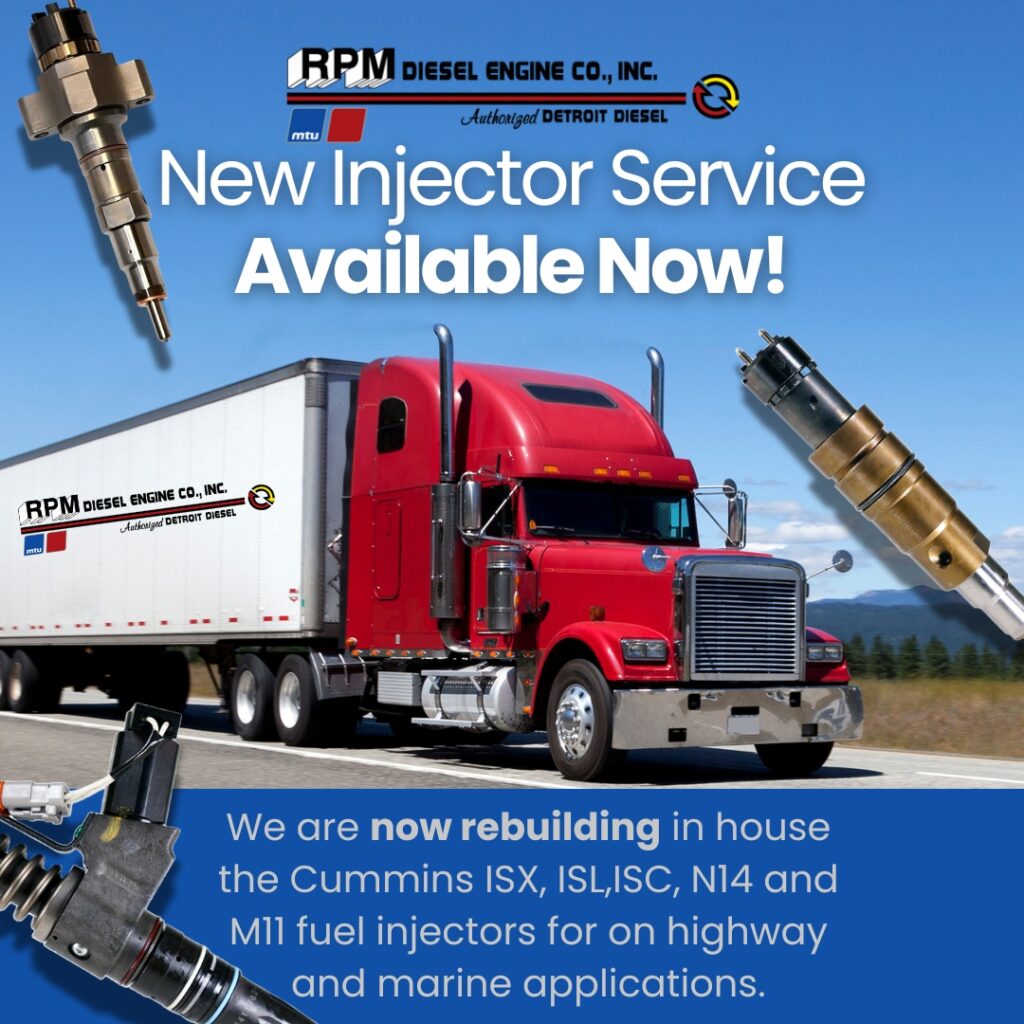The MTU maintenance system for their products is based upon a preventive maintenance concept. With advanced planning, preventive maintenance ensures a high level of equipment dependability.
The load profile/load factor of your MTU equipment determines the maintenance schedule to be used. The time intervals at which the maintenance work is to be done, along with the tasks and relevant checks involved are average values based on operational experience and should be regarded as guidelines only.
Technical requirements and special operating conditions may require additional modification of the maintenance intervals and /or maintenance work. In order to carry out the individual maintenance, using authorized personnel, such as RPM Diesel Engine Co., ensures that the level of training and qualification has been achieved to complete the task at hand. The various Qualification Levels, QL1 to QL4 reflect levels of training in MTU courses and the content of the tool kits required.
- QL1: Operational monitoring and maintenance which can be carried out during a break in operation without disassembly of the engine.
- QL2: Component replacement (only corrective)
- QL3: Maintenance work which requires partial disassembly of the engine.
- QL4: Maintenance work which requires complete disassembly of the engine.
The maintenance schedule matrix will usually finish with extended component maintenance. Following this, maintenance work is to be continued at the intervals indicated.
In the list of jobs to be done to actions taken, the “Task” numbers stated indicate the relevant maintenance item. They act as a reference for the required scope of parts needed and are also listed on the corresponding spare parts.
Let’s assume our 16V2000M93 Common Rail is due for a 3000 hour service. It has a load factor of 35% and knowing this, we would use the 6000 hour matrix. (see fig. 1)
Using this chart (see fig. 2) we look at the 3000 hour column and see that we are due to service Crankcase Breathers, Centrifugal Oil Filter, Fuel Filters, Valve Gear, Belt Drive and Coolant Filters.
Looking at the list of maintenance tasks (see fig. 3) we see that these require a QL1 qualification level. We also see at what time intervals these tasks should done, The list shows that fuel filters, centrifugal oil filters and crankcase breathers should be changed every 500 hrs. We are doing a 3000 hr. service now so therefore at 3500 hrs. you need to perform these tasks again. In the maintenance tasks column it tells you what each item requires for service.
Engine load factor has plays a big role in MTU engine maintenance schedules. Let’s take that same engine and give it a 60% load factor, we are now using the 4000 hr. matrix.(see fig.1) Now take a look at what is scheduled for 4000 hrs.,( see fig.4) a complete overhaul including pistons, cylinder liners, injectors and high pressure pump. Go back and look at our 35% load factor, 6000 hr. matrix, at 4000 hrs. we are simply repeating what we did at our 3000 hr. service.






